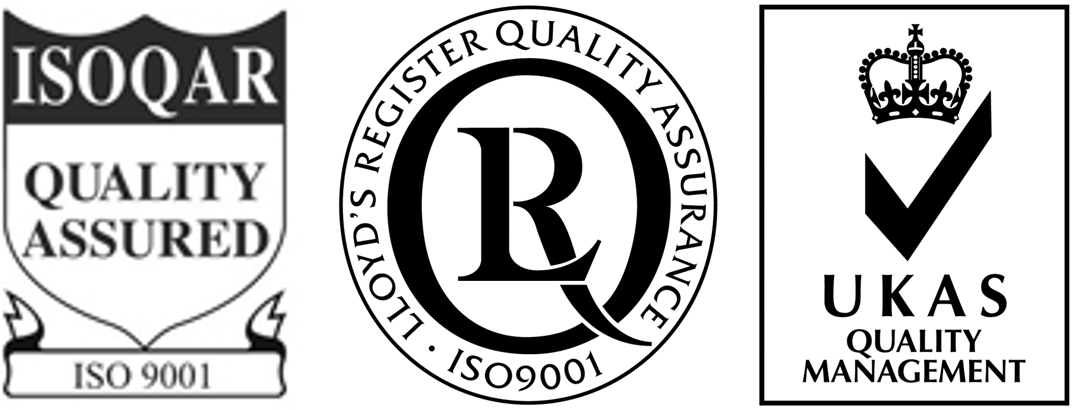CT26.WT cell line小鼠结肠癌成纤维细胞株 BioVector NTCC质粒载体菌种细胞基因保藏中心
- 价 格:¥39862
- 货 号:CT26.WT cell line小鼠结肠癌成纤维细胞株
- 产 地:北京
- BioVector NTCC典型培养物保藏中心
- 联系人:Dr.Xu, Biovector NTCC Inc.
电话:400-800-2947 工作QQ:1843439339 (微信同号)
邮件:Biovector@163.com
手机:18901268599
地址:北京
- 已注册
CT26.WT cell line小鼠结肠癌成纤维细胞株 BioVector NTCC质粒载体菌种细胞基因保藏中心
CT26.WT cell line
Cat No.: NTCC691570
Organism Mus musculus, mouse
Tissue colon
Cell Type fibroblast
Product Format frozen
Morphology fibroblast
Culture Properties adherent
Biosafety Level 1
Disease carcinoma
Strain BALB/c
Applications The cell line can be used with CT26.CL25 as a model for testing immunotherapy protocols and in studies on the host immune response.
Derivation CT26 is an N-nitroso-N-methylurethane-(NNMU) induced, undifferentiated colon carcinoma cell line. It was cloned to generate the cell line designated CT26.WT.
Antigen Expression H-2d
Tumorigenic Yes
Effects Yes, in BALB/c mice. Mice inoculated, subcutaneously, developed lethal tumors at 80% frequency with 10(3) cells and at 100% with 10(4) cells. Pulmonary metastases developed when mice were inoculated, intravenously, with 10(4) cells.
Comments CT26.WT was stably transduced with the retroviral vector LXSN that contains the lacZ gene encoding the model tumor associated antigen (TAA), beta-galactosidase (beta-gal) to obtain the lethal subclone CT26.CL25.
The growth rate and lethality of CT26.CL25 and CT26.WT is virtually identical despite the expression by CT26.CL25 of the model TAA, beta-galactosidase, in normal mice.
A culture submitted to the ATCC in July of 2001 was found to be contaminated with mycoplasma. Progeny were cured by a 21-day treatment with BM Cycline.
The cells were assayed for mycoplasma, by the Hoechst stain, PCR and the standard culture test, after a six-week period following treatment. All tests were negative.
References Wang M, et al. Active immunotherapy of cancer with a nonreplicating recombinant fowlpox virus encoding a model tumor-associated antigen. J. Immunol. 154: 4685-4692, 1995. PubMed: 7722321
Complete Growth Medium The base medium for this cell line is RPMI-1640 Medium. To make the complete growth medium, add the following components to the base medium: fetal bovine serum to a final concentration of 10%.
The flask was seeded with cells, grown, and completely filled with medium to prevent loss of cells during shipping.
1. Upon receipt, visually examine the culture for macroscopic evidence of any microbial contamination. Using an inverted microscope (preferably equipped with phase-contrast optics), carefully check for any evidence of microbial contamination. Also, check to determine if the majority of cells are still attached to the bottom of the flask; during shipping the cultures are sometimes handled roughly and many of the cells often detach and become suspended in the culture medium (but are still viable).
2. If the cells are still attached, aseptically remove all but 5 to 10 mL of the shipping medium. The shipping medium can be saved for reuse. Incubate the cells at 37°C in a 5% CO2 in air atmosphere until they are ready to be subcultured.
3. If the cells are not attached, aseptically remove the entire contents of the flask and centrifuge at 125 x g for 5 to 10 minutes. Remove shipping medium and save. Resuspend the pelleted cells in 10mL of this medium and add to 25 cm2 flask. Incubate at 37°C in a 5% CO2 in air atmosphere until cells are ready to be subcultured.
To insure the highest level of viability, thaw the vial and initiate the culture as soon as possible upon receipt. If upon arrival, continued storage of the frozen culture is necessary, it should be stored in liquid nitrogen vapor phase and not at 70°C. Storage at 70°C will result in loss of viability.
1. Thaw the vial by gentle agitation in a 37°C water bath. To reduce the possibility of contamination, keep the Oring and cap out of the water. Thawing should be rapid (approximately 2 minutes).
2. Remove the vial from the water bath as soon as the contents are thawed, and decontaminate by dipping in or spraying with 70% ethanol. All of the operations from this point on should be carried out under strict aseptic conditions.
3. Transfer the vial contents to a centrifuge tube containing 9.0 mL complete culture medium and spin at approximately 125 x g for 5 to 10 minutes.
4. Resuspend cell pellet with the recommended complete medium (see the specific batch information for the culture recommended dilution ratio) and dispense into a 25 cm2 or a 75 cm2 culture flask. It is important to avoid excessive alkalinity of the medium during recovery of the cells. It is suggested that, prior to the addition of the vial contents, the culture vessel containing the complete growth medium be placed into the incubator for at least 15 minutes to allow the medium to reach its normal pH (7.0 to 7.6).
5. Incubate the culture at 37°C in a suitable incubator. A 5% CO2 in air atmosphere is recommended if using the medium described on this product.
Volumes used in this protocol are for 75 cm2 flask; proportionally reduce or increase amount of dissociation medium for culture vessels of other sizes.
1. Remove and discard culture medium.
2. Briefly rinse the cell layer with 0.25% (w/v) Trypsin-0.03% (w/v) EDTA solution to remove all traces of serum that contains trypsin inhibitor.
3. Add 2.0 to 3.0 mL of Trypsin-EDTA solution to flask and observe cells under an inverted microscope until cell layer is dispersed (usually within 5 to 15 minutes).
Note: To avoid clumping do not agitate the cells by hitting or shaking the flask while waiting for the cells to detach. Cells that are difficult to detach may be placed at 37°C to facilitate dispersal.
4. Add 6.0 to 8.0 mL of complete growth medium and aspirate cells by gently pipetting.
5. Add appropriate aliquots of the cell suspension to new culture vessels.
6. Incubate cultures at 37°C
Subculture ratio: 1:4 to 1:10
Medium Renewal: Every 2 to 3 days.
Note: For more information on enzymatic dissociation and subculturing of cell lines consult Chapter 10 in Culture of Animal Cells, a manual of Basic Technique by R. Ian Freshney, 3rd edition, published by Alan R. Liss, N.Y., 1994
Cryopreservation Freeze medium: Complete growth medium supplemented with 5% (v/v) DMSO
Storage temperature: liquid nitrogen vapor phase
Culture Conditions Atmosphere: air, 95%; carbon dioxide (CO2), 5%
Temperature: 37°C
Appropriate safety procedures should always be used with this material. Laboratory safety is discussed in the current publication of the Biosafety in Microbiological and Biomedical Laboratories from the U.S. Department of Health and Human Services Centers for Disease Control and Prevention and National Institutes for Health.
【Supplier来源】BioVector NTCC Inc.
TEL:+86-010-53513060
【Website网址】 http://www.biovector.net
- 公告/新闻



 免费订购电话: 400-800-2947
免费订购电话: 400-800-2947